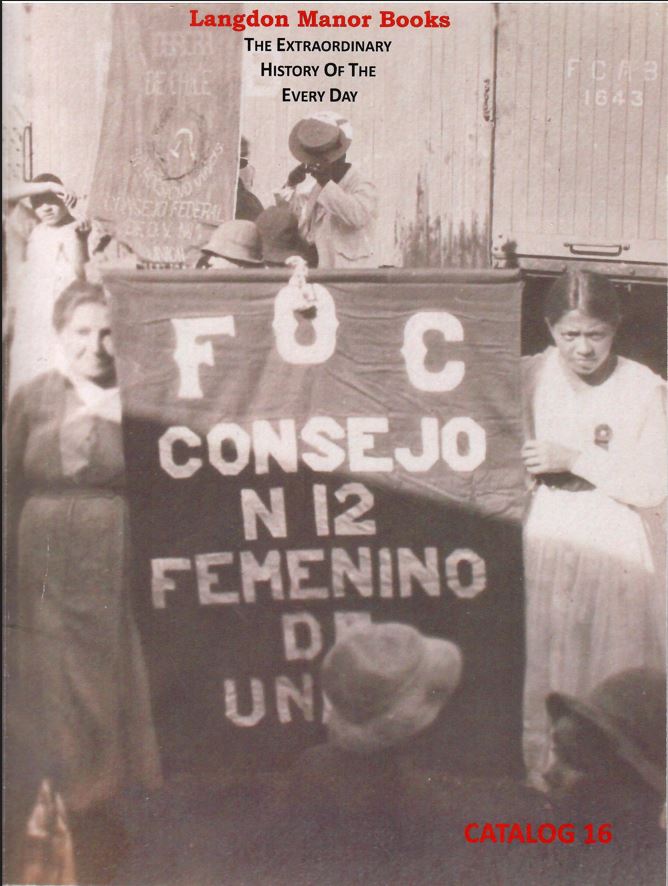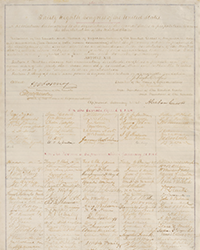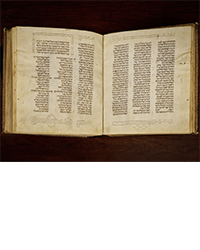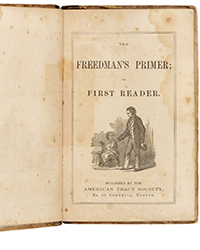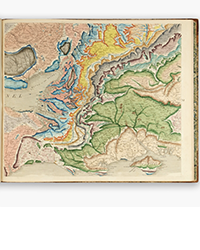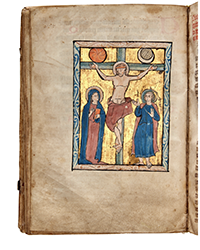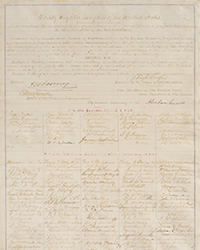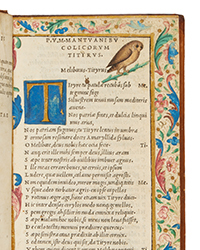Langdon Manor Books has released their Catalog 16 of The Extraordinary History of the Every Day. This latest group includes numerous photographs, archives, personally created scrapbooks and accounts, some individual pieces, and more. Most were the creations of everyday people, living life as Americans did generations ago. This is history from the eyes of people like the rest of us, though they came from many different backgrounds. These are a few.
Secession or division of territory has been a recurring theme in American history. The most notable was when the South tried to secede from the United States during the Civil War, but there have been several attempts for parts of states to secede from that state or for a state to be divided. The most recent success was during the Civil War when West Virginia broke away from Virginia. It tends to come when rural parts of states feel they are overlooked by urban ones. The issue has come up recently with rural northern and eastern California seeking to separate from the urban centers, and rural western Oregon looking to merge into Idaho. Back in 1941, some residents of rural northern California and southern Oregon sought to form a new state to be called Jefferson. Item 20 is a collection of photographs from this time, including one of people standing alongside a “State of Jefferson” sign. There are photographs of an event where armed residents stopped cars along Route 99. They simply handed out copies of a Proclamation of Independence. Another is of the “Governor” of Jefferson, John L. Childs. Along with under-representation there was much objection to what residents felt was poor maintenance of their roads. The movement quickly disintegrated when three days after Childs' “inauguration,” Pearl Harbor was bombed and attention quickly turned to more pressing matters. Priced at $800.
It's still hard to believe this happened in America but during the Second World War, loyal Japanese Americans from California were ordered from their homes and forced to go to internment camps in remote places of the West. Conditions were primitive compared to the way most people lived. Housed in barracks, locked behind fences, sometimes only cots to sleep on. Nothing like this was done to German-American or Italian-American citizens, not even members of the pro-German “America First” movement at the beginning of the war. Somehow, the Japanese amazingly took it in stride, still loyal despite the injustice. They published newspapers from the camps and this is one. It is not from the typical one out in the boondocks. This one came from the Santa Anita Assembly Center in 1942. This was one where Japanese Americans were first required to report. After a relatively brief amount of time there, they would be moved to the other camps where they were held until released. The Santa Anita Assembly Center was set up at the Santa Anita racetrack. It operated from March 27 – October 27, 1942, at the peak holding 18,000 internees. They were all moved out in time for the next racing season. Item 26 is the Santa Anita Pacemaker. It was put together by internees to describe their time at the relocation center, with illustrations of the camp, a map, and various columns and other information of use to those temporarily detained at this center. $3,000.
Next is a personal photograph album compiled by a young African-American woman named Archeleen Scrutchings from 1945-1946. Most of the photos were taken while she was in a state you would never expect – Idaho. There was some slow migration to Idaho by African-Americans at the time, but very slowly. As Langdon Manor notes, they moved to avoid the racism and violence of the South, as “Idaho's Black population went from practically non-existent to miniscule.” Ms. Scrutchings went from Birmingham to Pocatello to attend what later became Idaho State University. There are lots of pictures of friends in Idaho, including a young man of whom she was evidently quite fond. He later went on to become an Assistant Dean at the University of Chicago. Miss Scrutchings returned to Alabama and married another man in 1948. She died in 2021. Item 8. $2,850.
Item 32 is a collection of 14 photographs from Prescott, Arizona in 1931 documenting a Hopi Snake Dance. This is a traditional dance of the tribe generally performed in late August. It starts with a 16-day preparation, four of which are spent by young men and boys gathering snakes, rattlesnakes in particular. The snakes are bathed and placed in a structure made from cottonwood branches. The men are pictured with the snakes, including clenched in their mouth. I would not recommend this unless you are an experienced Hopi. I don't know how the snakes feel about this ritual, but the good news is it does not end as you might expect. At the conclusion, the snakes are released into the desert to let the spirits know the Hopi are living in harmony with nature, their religious beliefs, and each other. $950.
From native customs we move to the exact opposite. Item 33 is a picture of six Choctaw Indian students at Roanoke College, taken in 1877. Roanoke's President visited the Choctaw nation and opened the doors to students from the tribe. These six are pictured in a way no one would guess they were Indians. They are dressed up in very neat suits, looking every bit like ambitious young white men preparing for a career on Wall Street. $950.
This is a 128-page journal kept by an anonymous writer, apparently from Alton, Illinois in 1854. Most of it relates to bible study but 28 pages describe a fascinating journey from New Orleans to San Francisco. He travelled by boat through the Crabin [Caribbean] Sea to Central America, and then up the Nicaragua River. Next they walked two miles to meet up with another ship that took him to California. He describes the trip, the expensive prices, the quality, or lack thereof, of the food, the natives who will steal from you whenever they can. Of note is there are regular fights onboard between passengers or passengers and crew. It sounds almost as unpleasant as flying on an airline today. The food was much better and more reasonably priced in San Francisco, and the journal concludes with his going to Sacramento and then leaving for Nevada. Item 16. $3,850.
Langdon Manor Books may be reached at 713-443-4697 or LangdonManorBooks@gmail.com. Their website is found at www.langdonmanorbooks.com.

